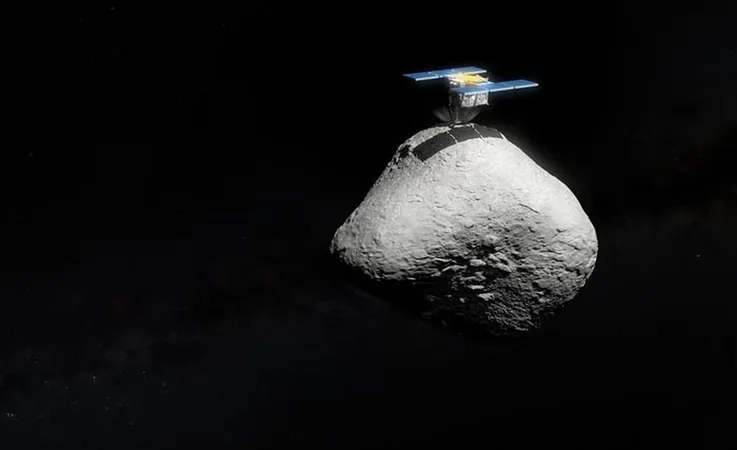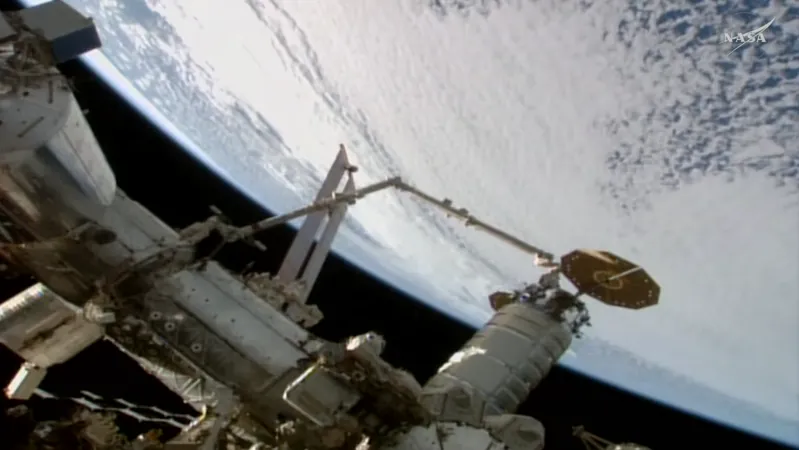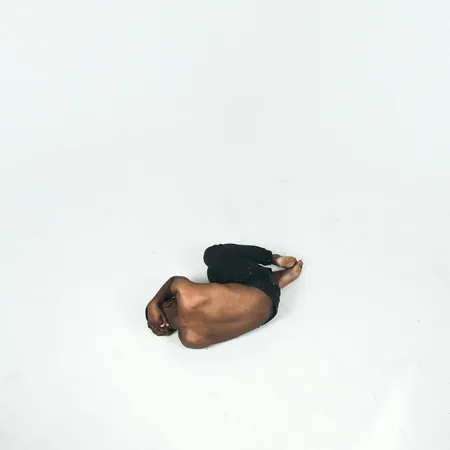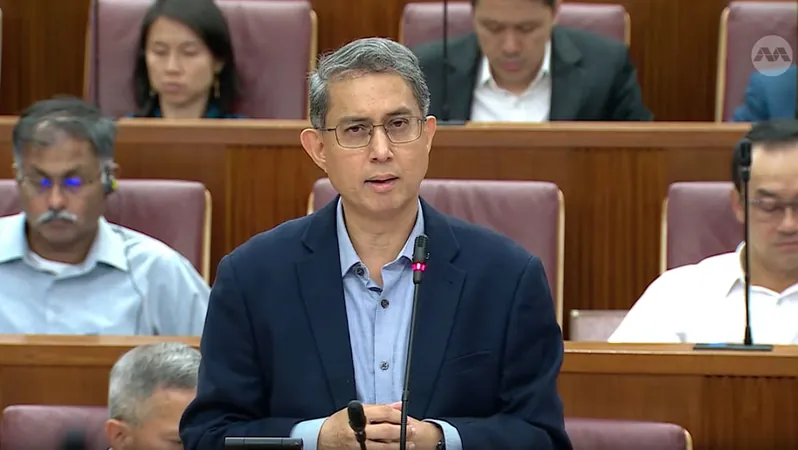
Is Hayabusa 2's Ambitious Asteroid Mission in Jeopardy?
2025-09-18
Author: Arjun
In November 2019, Japan's Hayabusa 2 mission bid farewell to asteroid Ryugu after a groundbreaking 1.5-year expedition that successfully snagged a sample from the asteroid's surface. By December 2020, it triumphantly returned that precious sample to Earth, marking one of the most extraordinary achievements in space exploration.
But hang on! Hayabusa 2 isn't done yet. With 30 kg of xenon propellant still on board, the Japan Aerospace Exploration Agency (JAXA) extended the mission, setting the spacecraft to target two more asteroids. In July 2026, Hayabusa 2 will swoop by 98943 Torifune, a 500-meter-wide asteroid, before attempting to rendezvous with the intriguing 1998 KY26 in July 2031.
This upcoming rendezvous with KY26 offers a unique glimpse into the world of small asteroids—ones that are notoriously difficult to observe compared to their larger counterparts. While we've gathered plenty of data on big asteroids thanks to sample missions, smaller bodies like KY26 hold critical insights into the formation of our Solar System.
Why does KY26 matter? Historically, impactors such as those responsible for the Tunguska and Chelyabinsk incidents fall into this size category. Therefore, studying KY26 not only advances our understanding of planetary formation but also bolsters our defenses against potential threats.
However, new research has stirred doubts about Hayabusa 2's plans to land on KY26. Recent findings reveal that the asteroid is much smaller—just 11 meters across—and spins almost twice as fast as initially estimated, complicating landing proposals.
The research, titled "Hayabusa2 extended mission target asteroid 1998 KY26 is smaller and rotating faster than previously known," sheds light on these findings and is led by astronomer Toni Santana-Ros from Spain's University of Alicante. "The astonishing part is that the size of the asteroid is nearly equivalent to that of the spacecraft designed to visit it!" Santana-Ros exclaimed.
KY26, discovered back in 1998, had previously been thought to exceed magnitude 16 during its closest approaches to Earth. However, newer observations, particularly one from 2024, revealed the asteroid's spin rate and diminished size, raising red flags for the mission.
"We found that the reality of the object differs significantly from its earlier descriptions," noted Santana-Ros. This stark difference presents both a thrilling opportunity and a daunting challenge for the Hayabusa 2 team.
Co-author Olivier Hainaut, an astronomer at ESO in Germany, asserted, "While the new size and rotation make Hayabusa 2's visit even more fascinating, they also add complexity to our upcoming mission planning."
Despite these challenges, JAXA remains committed to this bold venture. Even though reaching KY26 will be at the end of Hayabusa 2’s fuel reserves—heightening the stakes for efficient operation—the mission promises invaluable insights into a decameter-sized asteroid, marking a first in in-situ studies.
Santana-Ros emphasized the importance of these explorations, saying, "This mission allows us to understand previously uncharted territory and develop methodologies that could influence future near-Earth asteroid missions and even mining initiatives."
If Hayabusa 2 succeeds, it could yield groundbreaking data on these rare bright mini asteroids, paving the way for future cosmic explorations and enhancing our awareness of smaller objects that could pose threats to Earth.



 Brasil (PT)
Brasil (PT)
 Canada (EN)
Canada (EN)
 Chile (ES)
Chile (ES)
 Česko (CS)
Česko (CS)
 대한민국 (KO)
대한민국 (KO)
 España (ES)
España (ES)
 France (FR)
France (FR)
 Hong Kong (EN)
Hong Kong (EN)
 Italia (IT)
Italia (IT)
 日本 (JA)
日本 (JA)
 Magyarország (HU)
Magyarország (HU)
 Norge (NO)
Norge (NO)
 Polska (PL)
Polska (PL)
 Schweiz (DE)
Schweiz (DE)
 Singapore (EN)
Singapore (EN)
 Sverige (SV)
Sverige (SV)
 Suomi (FI)
Suomi (FI)
 Türkiye (TR)
Türkiye (TR)
 الإمارات العربية المتحدة (AR)
الإمارات العربية المتحدة (AR)